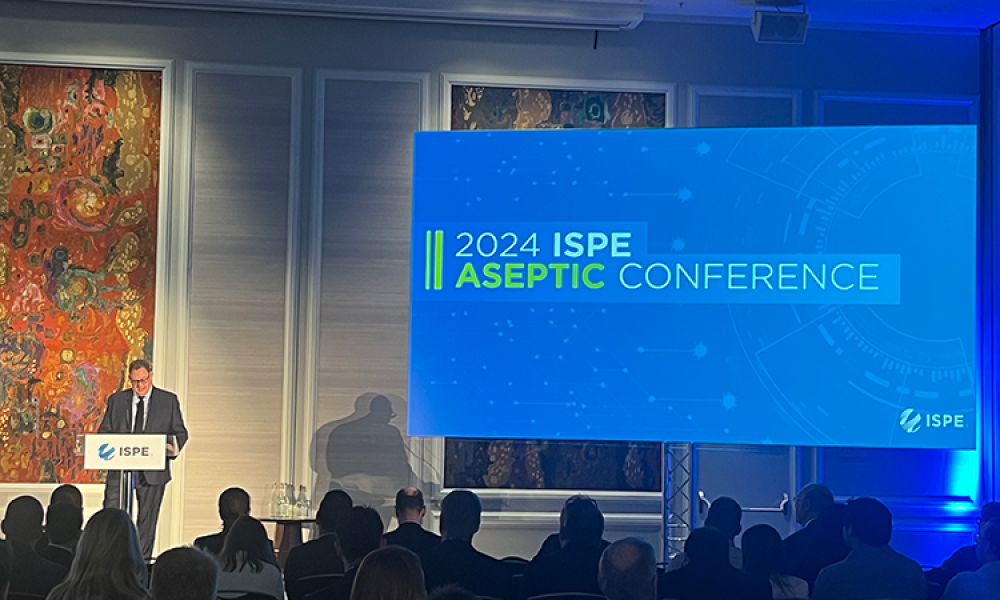A deeper understanding of HVAC and environmental control is essential to ensure the quality and purity of a product. HVAC systems are crucial to pharmaceutical manufacturing because they control the manufacturing environment, which can impact the Strength, Identity, Safety, Purity, and Quality (SISPQ) of products. In this age of Quality by Design (QbD), there is simply no excuse for not having a scientific understanding of HVAC and environmental control. What’s more, having a strong rationale for HVAC decisions makes for smoother inspections and stronger responses to observations. Those who want to keep their facilities in an “inspection-ready” state must recognize the importance of design and excellent maintenance as well as proper documentation practices.
Product quality will decline without the knowledge on how to properly control facility environments. As an instructor of the ISPE HVAC cGMP Regulations Training Course, I can tell you that there are many advantages to completing training to ensure you have a thorough understanding of HVAC systems utilized in pharmaceutical operations, including:
- Learning HVAC system-critical parameters that must be controlled and monitored
- Distinguishing pharmaceutical cleanroom air classifications and how they are applied
- Analyzing global regulation to sort out the real GMP’s from legacy interpretations
- Exploring how environmental control technology, regulatory action, and standards are changing to illuminate the “c” of cGMP
- Reviewing recommendations for maintaining an “inspection-ready” state
- Understanding the relationship between gowning and HVAC
Did you know that people are the biggest challenge in managing contaminants? It’s because they are allowed in the cleanroom without being subjected to a validated program of disinfection. Don’t get me wrong, the latest generation of gowning is lightyears ahead of where it was 20 years ago, but it’s still only a tool to control a known source of viable contamination. Airflow, cross-contamination, pressurization, filtration, temperature, and humidity controls are all important—but people still get my vote as the biggest challenge to managing contaminants.
The industry is currently facing an increase in citations from regulatory authorities across the world due to improper HVAC maintenance and lack of well supported risk approach. Many facilities are facing difficulties complying with global cGMP regulations and controlling contaminants, such as misunderstandings around how EU and PIC/S Grades relate to ISO classifications and differences in nomenclature.
As the number of citations from regulatory agencies increase, so has the importance of proper HVAC system maintenance. It is understanding that maintenance and having that knowledge that REALLY contributes to product quality.






